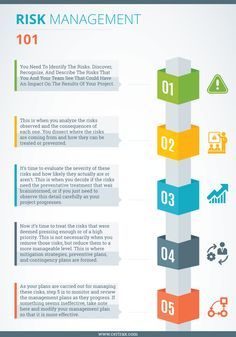Identifying Risks:
Risk management requires the identification of risks that could potentially affect the business. This involves analyzing the current and future risks that the business may face. The risks can be identified through an analysis of the internal and external environment, as well as through interviews with stakeholders and other experts.
Assessing Risks:
Once the risks have been identified, they must be assessed in order to determine their potential impact on the business. Risk assessment involves evaluating the likelihood of the risk occurring, as well as the potential consequences of the risk. This will help the business to prioritize the risks and determine the most effective way to manage them.
Developing Strategies:
Once the risks have been identified and assessed, strategies must be developed to manage the risks. These strategies should be tailored to the specific risks and should include measures to reduce the likelihood of the risk occurring, as well as measures to mitigate the potential consequences of the risk.
Implementing Strategies:
Once the strategies have been developed, they must be implemented in order to effectively manage the risks. This involves ensuring that the strategies are understood by all stakeholders, as well as ensuring that they are properly implemented.
Monitoring and Reviewing:
Risk management is an ongoing process and requires regular monitoring and review. This involves regularly reviewing the risks and strategies, as well as assessing the effectiveness of the strategies.
Communication:
Effective communication is essential for successful risk management. This involves ensuring that all stakeholders are aware of the risks and strategies, as well as ensuring that they are involved in the process.
Documentation:
Risk management requires the documentation of the risks, strategies, and outcomes. This ensures that the process is transparent and that the strategies are tracked and monitored.
You might find these FREE courses useful
- Implementing a Risk Management Framework
- Program Risk Management in ClickUp
- Introduction to Risk Management
- A General Approach to Risk Management
- Risk Management Specialization
Continuous Improvement:
Risk management should be an ongoing process that is constantly evolving. This involves regularly reviewing the risks and strategies, as well as assessing the effectiveness of the strategies. It also involves developing new strategies and implementing them in order to improve the effectiveness of the risk management process.





